Continuing our journey through Portugal after leaving the Viking River of Gold cruise on the Douro River from Porto, we left the Curia Palace Hotel for the final time to make our journey to the next overnight stop in Sintra. This is part of an extended series of articles describing our pre and post cruise adventures in Portugal in August 2019, and you can find the introductory article about our exploration of Lisbon, here.
As I mentioned earlier, we found driving in Portugal to be generally easy and had no difficulties finding our way around – until we arrived in Sintra! But before that, we first drove to Leiria and the site of the Batalha Monastery. We found the location and car park with no difficulties – getting inside was much harder! Signs seemed to be few and far between and we wandered around the entire building before seeing an entrance. Perhaps not all visitors are as problematic!
The monastery (a UNESCO world heritage site) was built to thank the Virgin Mary for the Portuguese victory over the Castilians in 1385 and took over a century to complete. It is one of the best and original examples of gothic architecture in the Manueline Style, which we had seen in Salamanca in Spain on the cruise.
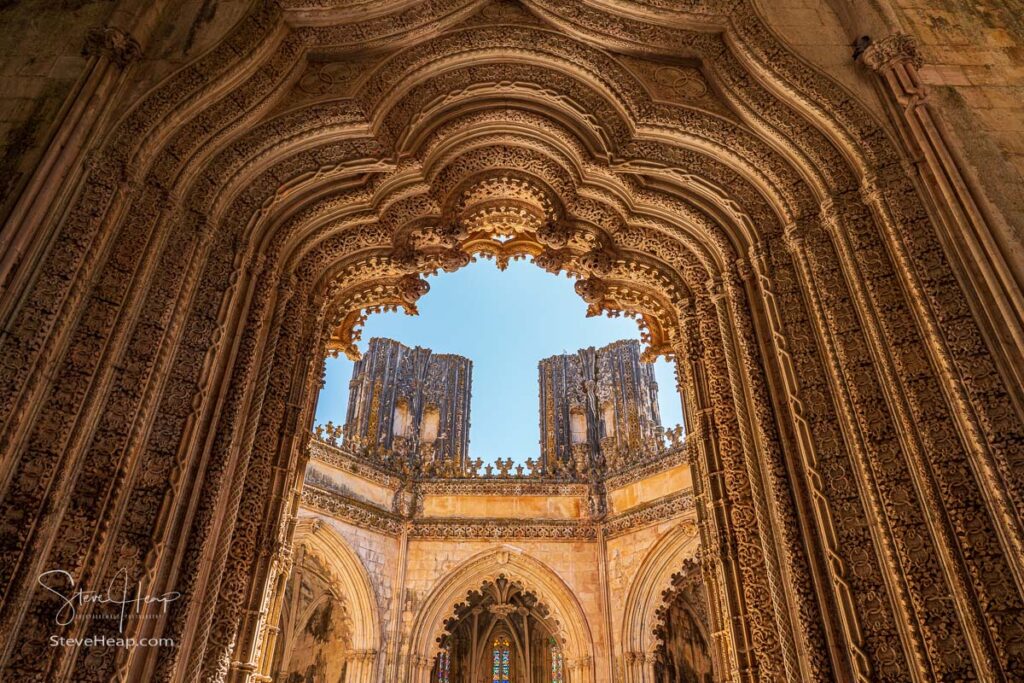
As you can see from the photo above, the Manueline style encompasses intricately carved stone decorating almost all the areas of the monastery, but you can also see that part of this enormous building was never actually finished. These are the “Unfinished Chapels” that were started in 1437 to house the remains of King Edward and Queen Eleanor and their ongoing descendants, but they are actually the only royals buried here. This Manueline style continues including these magnificently carved archways in the Royal Cloister:
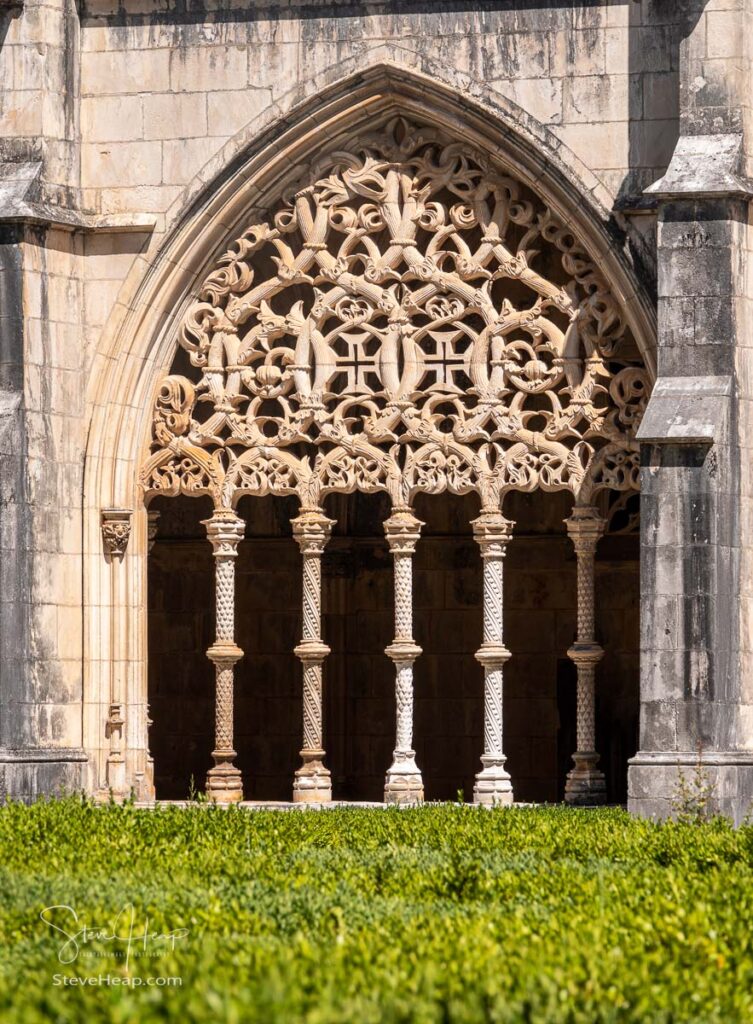
And these continue all around the open cloisters:
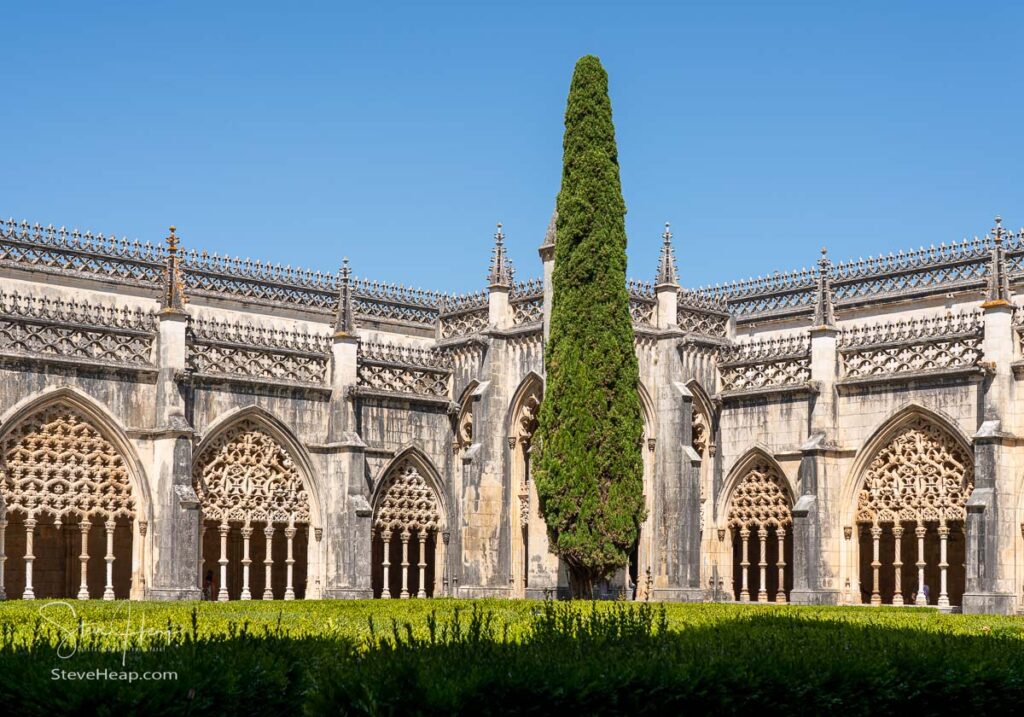
Inside, you can gain some idea of the size of the place from the height of these stained glass windows, the oldest of which date from the end of the 1430s.
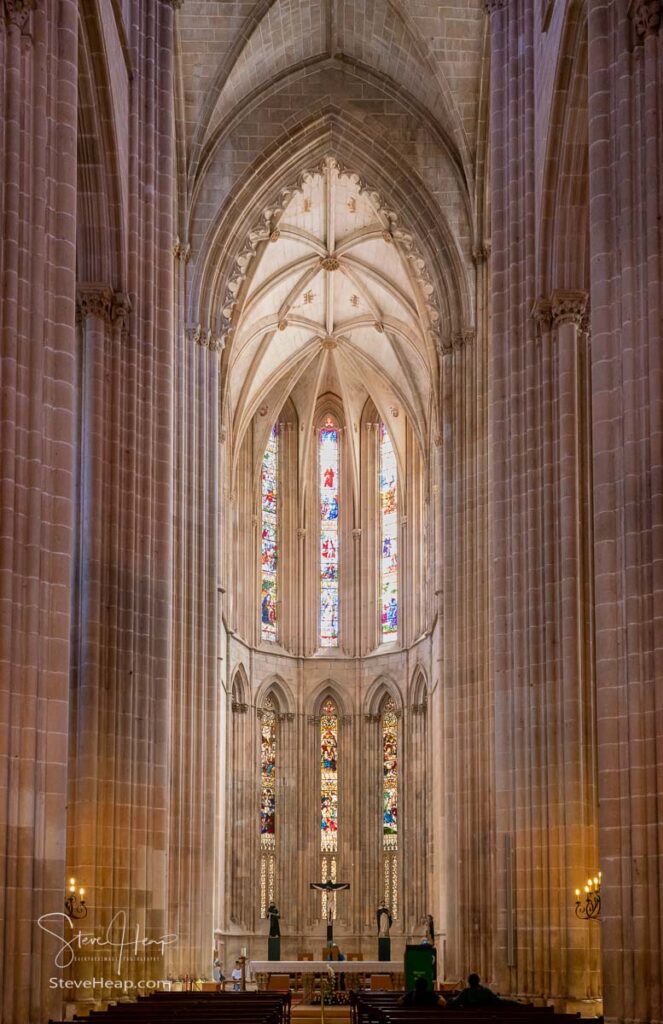
Looking up, the architects finished the roof area with this very ornate hexagonal dome. It boggles my mind that the builders in the 1400s were able to build something like this with just rickety scaffolding and brute force to haul the stone to the top of the structure.
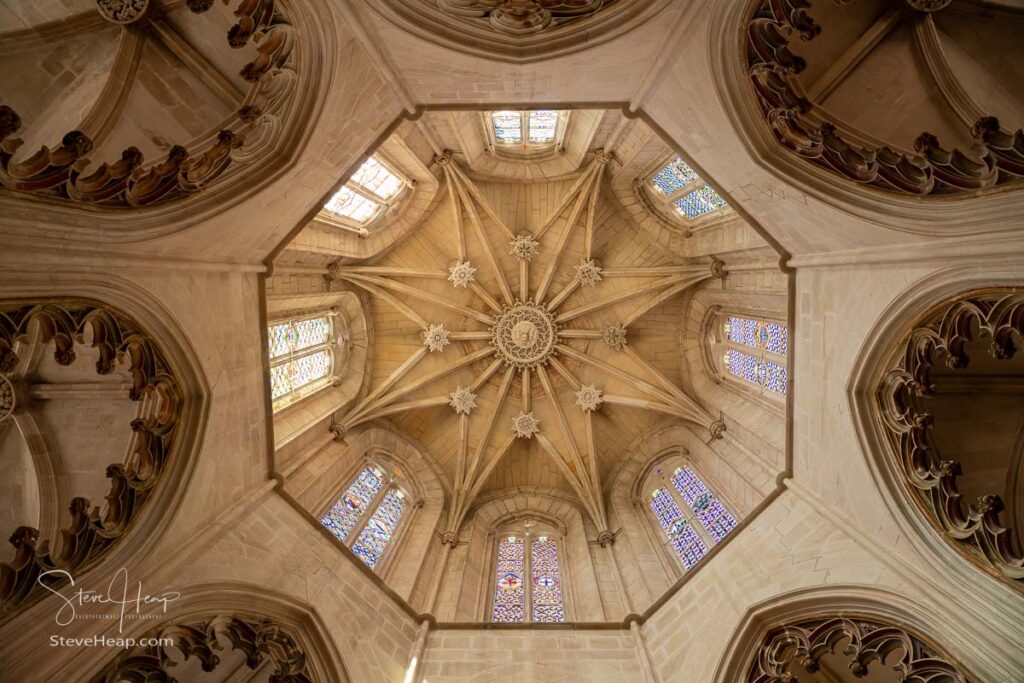
I’m always on the lookout for something unusual, and here, I noticed the gorgeous colors of the sunlight from the stained glass windows across the paved floors of the main church:
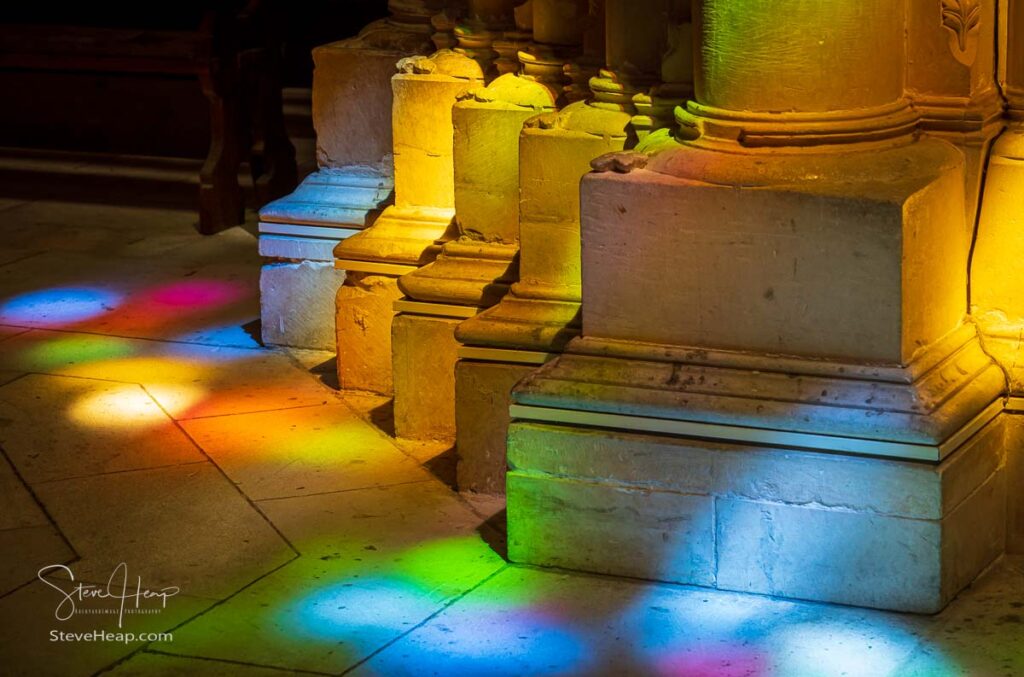
As we strolled stroll around the unfinished church, admiring that the ornate carved stone details were carved on the pillars before they were raised up to the top of the church for installation. I guess this makes sense and the stone masons would rather work on the ground than on high scaffolding, but it must make the placement of these huge blocks of stone even more complex – one wrong move and you knock off a piece of the carving!
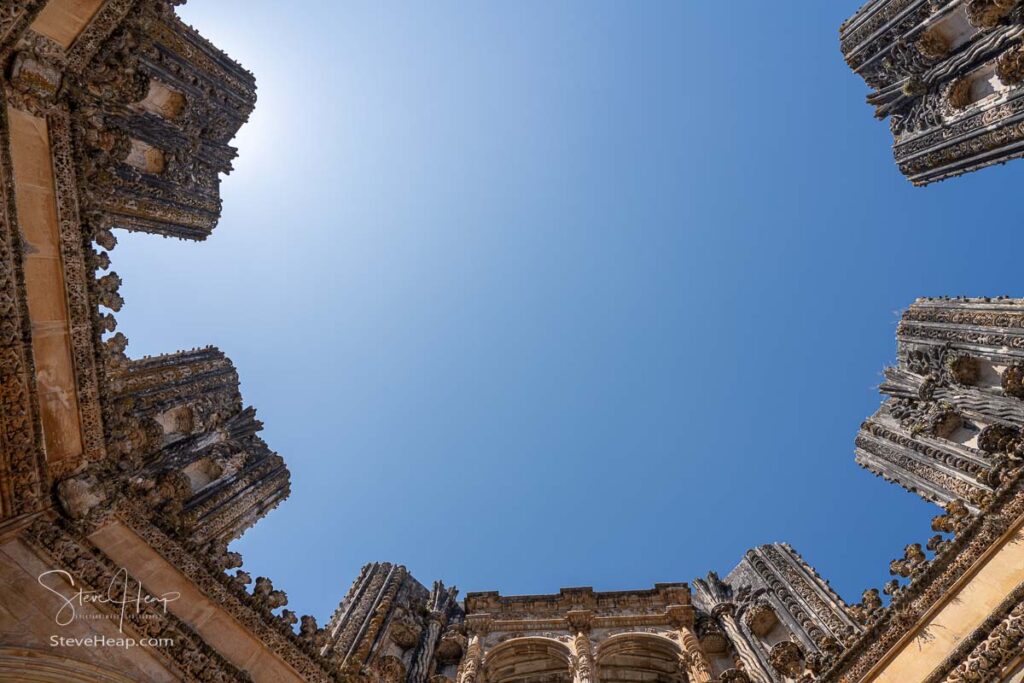
And finally, we decided we needed to be on the road again to reach our next destination, Nazare on the coast.
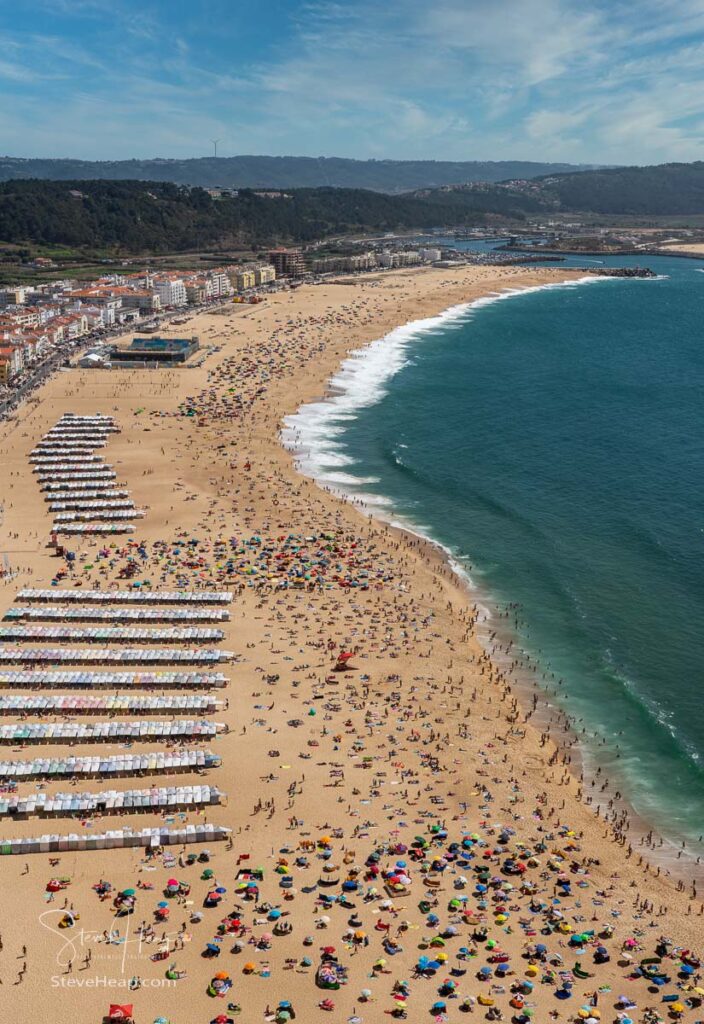
This view of the very crowded beach was not taken with a drone! The old town is on the cliffs high above the ocean and so this is the view from the city walls. Of course, we were off into a church to both get out of the heat and admire the decoration, and this one had some superb decorations made from Azulejo tiling.
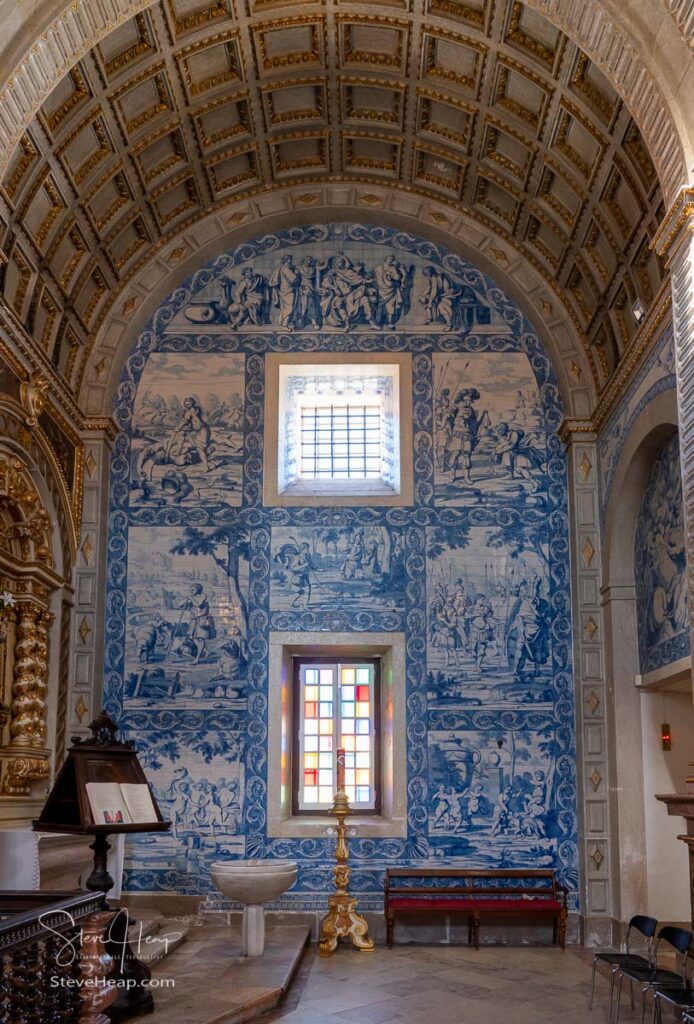
This church is the Nossa Senhora da Nazare church in the main town square and these tiles were showing scenes from the history of Nazare. The church was empty when we arrived, but shortly after a coach full of pilgrims from somewhere in Africa arrived to hold a service. The altar here is again magnificently decorated in gold and carved stone.
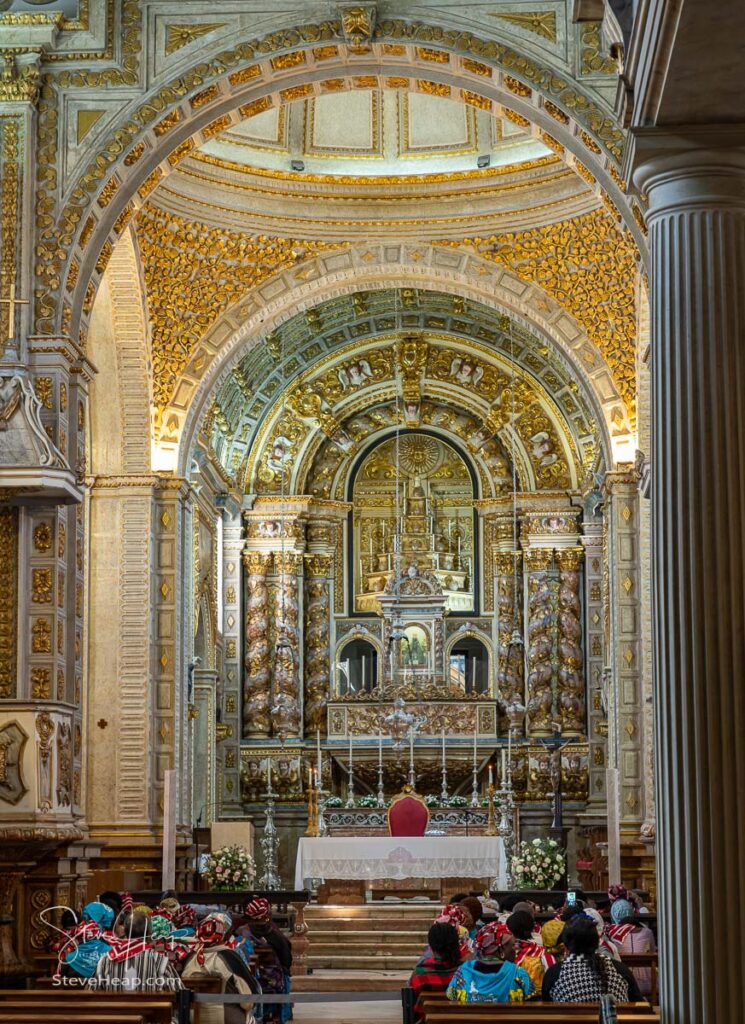
Why a pilgrimage to this seaside town in Portugal? There is a Legend of Nazare – the town derives its name from a small wooden statue of the Virgin Mary brought from Nazareth to a monastery in Spain in the 4th Century. In 711, it was brought to its current location by another monk who lived and died in a grotto on top of a cliff over the sea. After his death the statue of the Black Madonna was placed in the grotto on an altar. According to legend, the Virgin Mary intervened to save the life of a Portuguese Knight in the 12th Century and in memory of this he had a chapel built over the grotto and this Church of Nazareth was noted in sailors’ manual at the time. By 1377, King Fernando I decided that a new, more spacious church should be built, and that, greatly transformed after the 16th Century is this Sanctuary of Our Lady of Nazare. The statue is still there, behind the main altar.
The church has a lovely tiled internal corridor leading to a smaller (and perhaps older chapel:
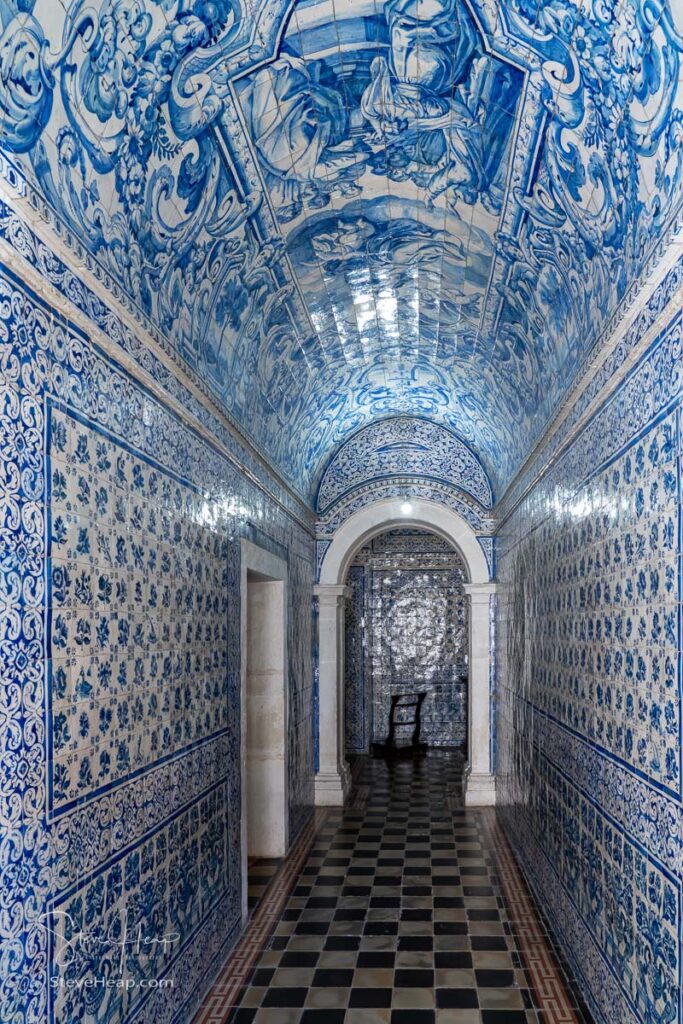
It does almost look like the way to the restrooms, but if my memory serves me well, I think it led to this chapel:

Much smaller, as you can see, and the entire room lined with oil paintings.
We spent a bit of time walking along the cliffs, but soon it was time for the next town on our tour – Obidos. This walled town with castle was originally a Roman settlement, then lost to the Visigoths after the fall of Rome and recaptured by the first King of Portugal in 1148. All the parking is outside the castle walls, which makes for a lovely walking experience in the narrow streets.
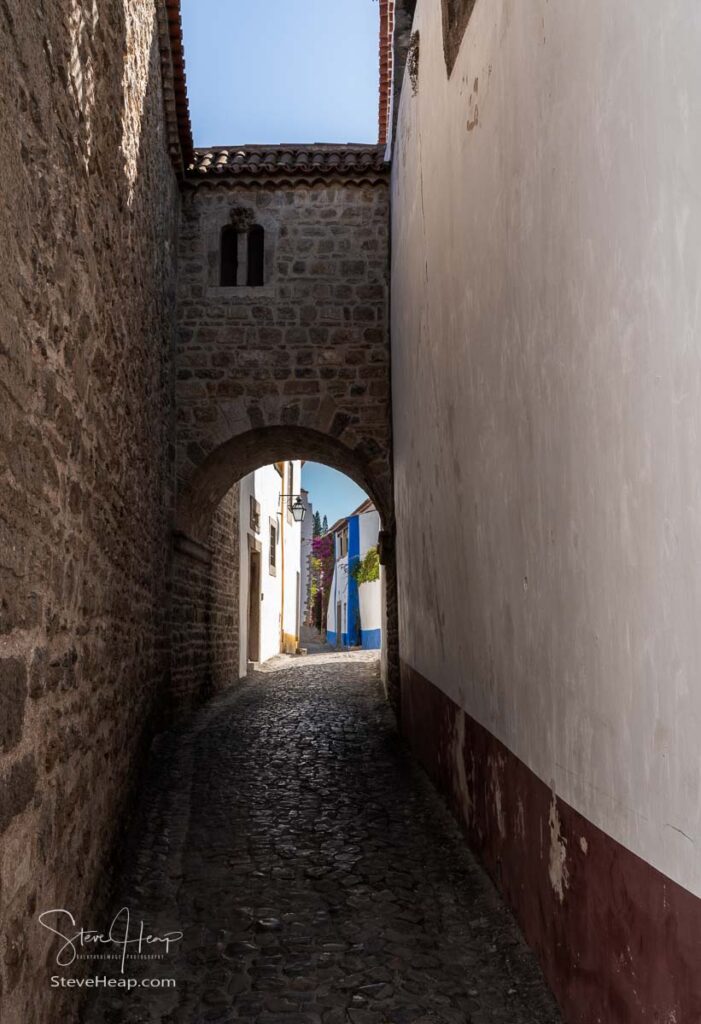
Interesting details were all over the place – a photographer’s dream!
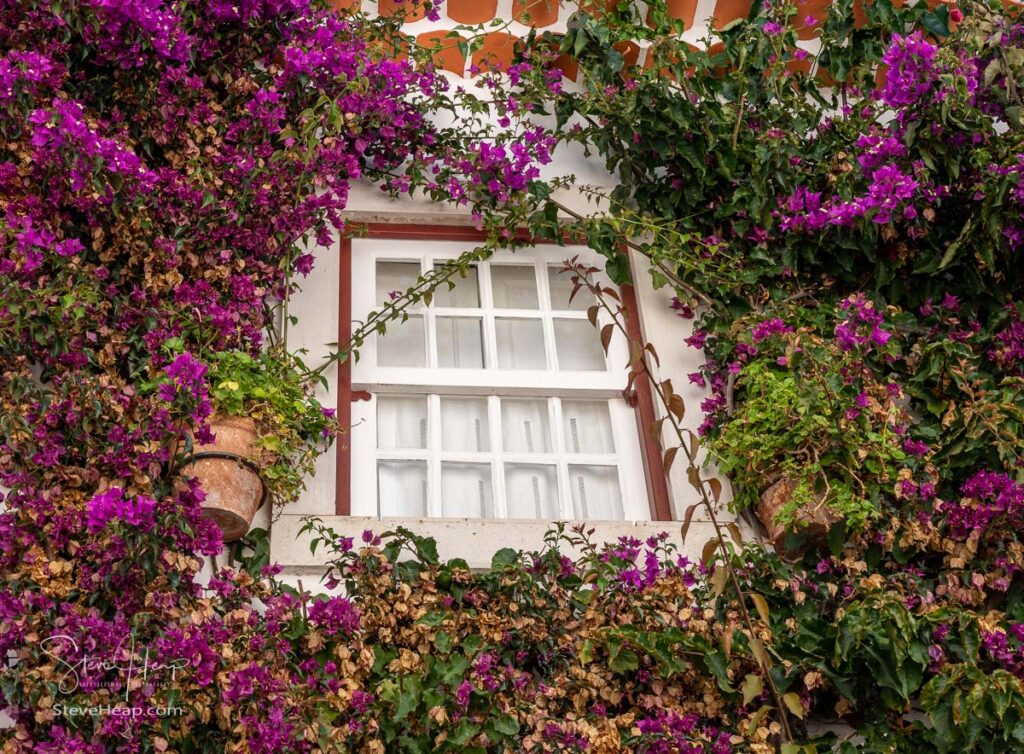
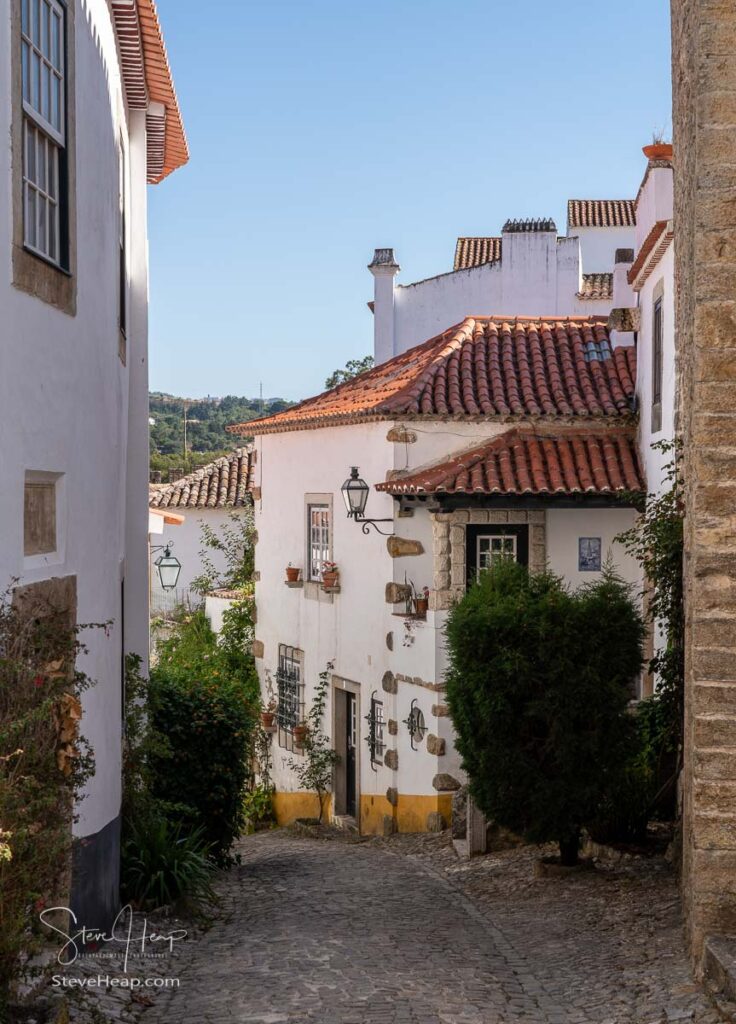
And some intriguing building choices! This set of stairs looks almost abstract in this photograph and makes you wonder just where those stone steps are going:
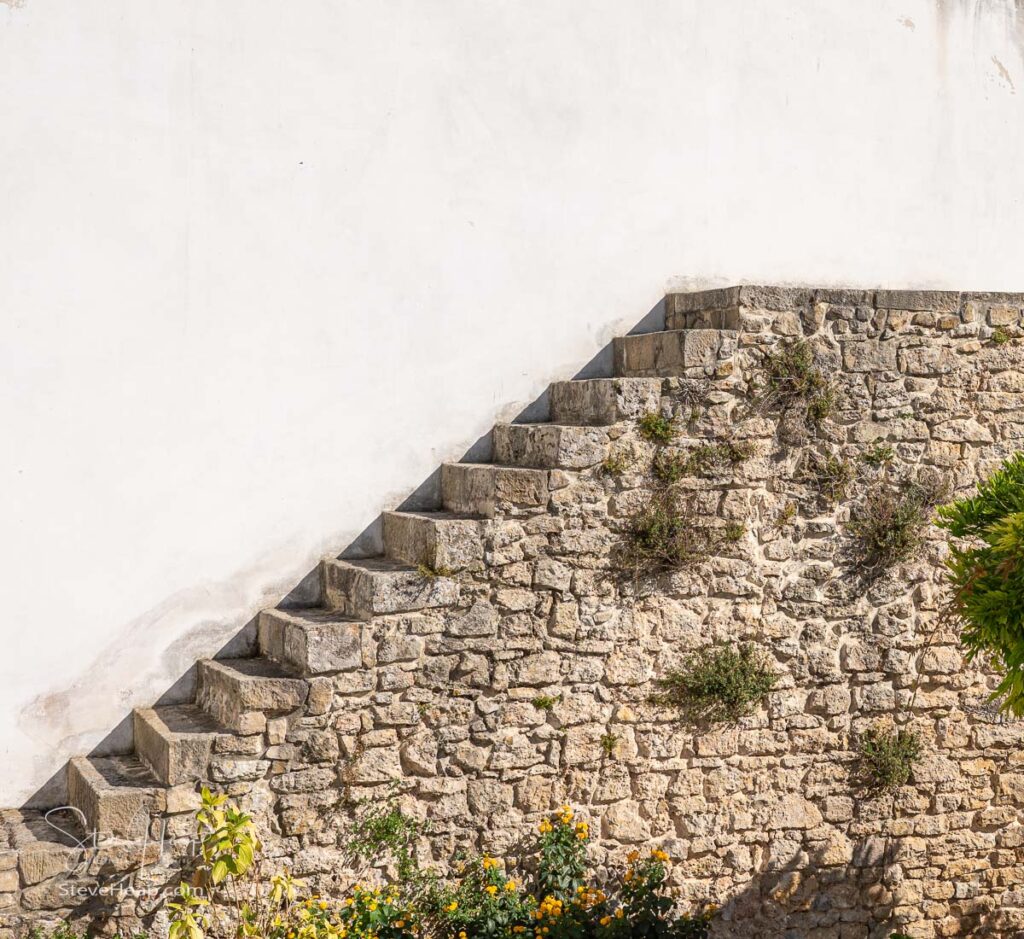
And, of course, the answer is nowhere. Perhaps there was a good view from the top?
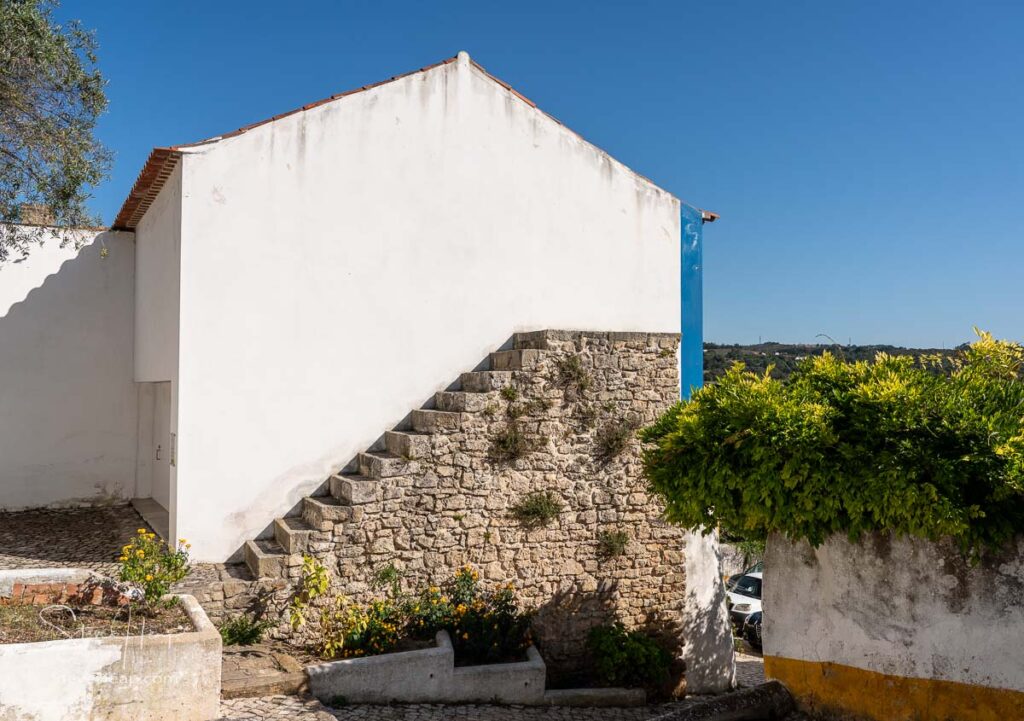
And I’m partial to this view of the city down another narrow alleyway:
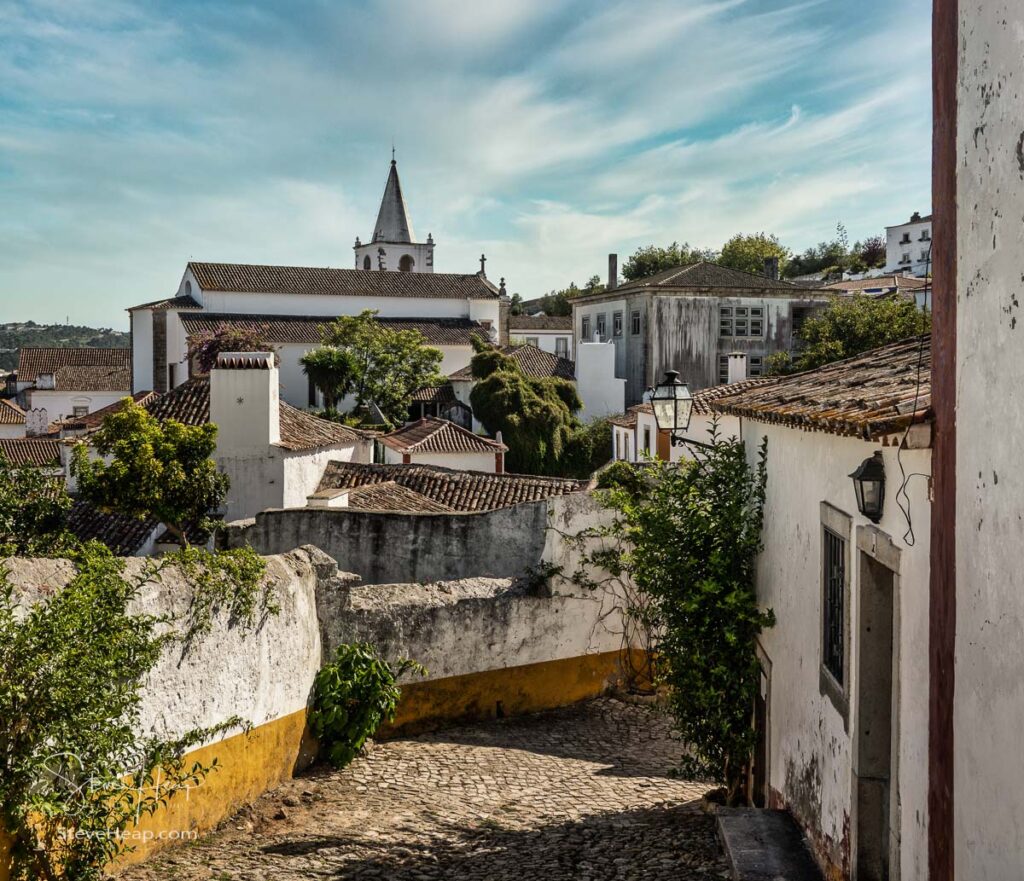
Somewhat tired by now, we headed back to our car for the final piece of the journey to Sintra. This hilltop town has incredibly complex and winding one-way roads surrounding it and even though we knew our destination, we just saw the hotel at the end of one street which was a no-entry and then we were on a circular trip of several miles to get back to the same spot and finally enter the grounds of our hotel. This time the choice was perfect. The Sintra Marmoris Palace was everything I had hoped for – a very welcoming and attentive host, gorgeous views of Sintra and the fortress and perfect meals. If you want a boutique hotel in this area, it would be hard to beat. I’ll write more about it in the next episode where we explore Sintra and the famous Pena Palace, but for now, here was the view as we drove through the gates into the gardens of the hotel:
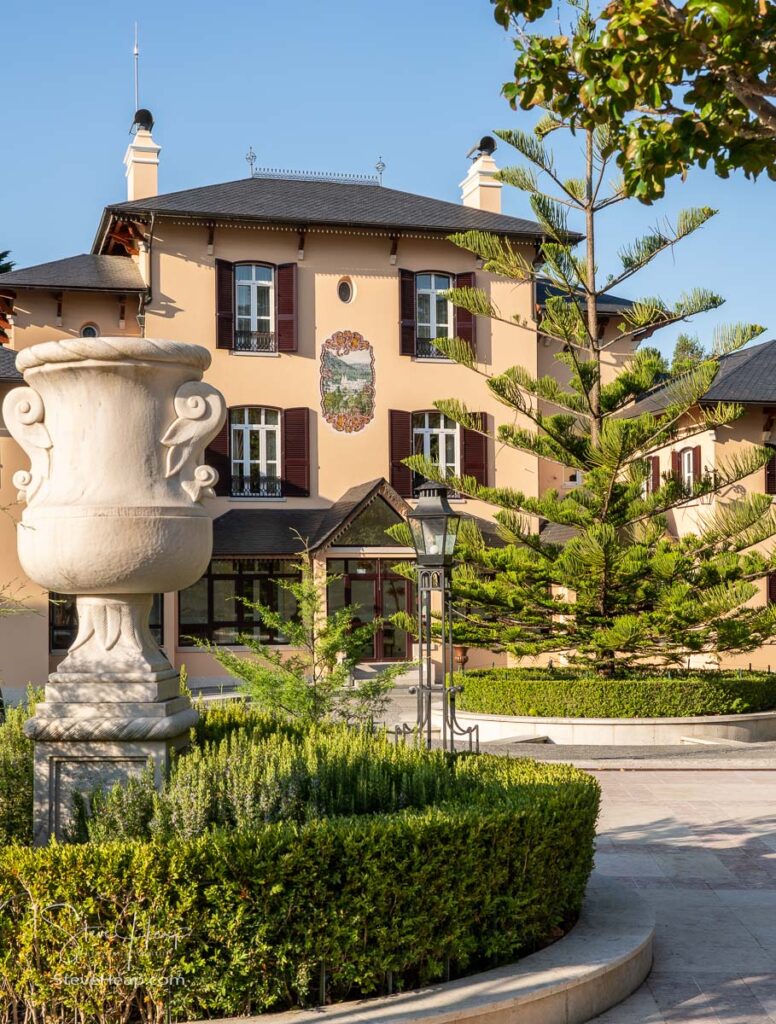
And finally the view over Sintra and the fortress from the back garden and patio where we sat for our evening meal:
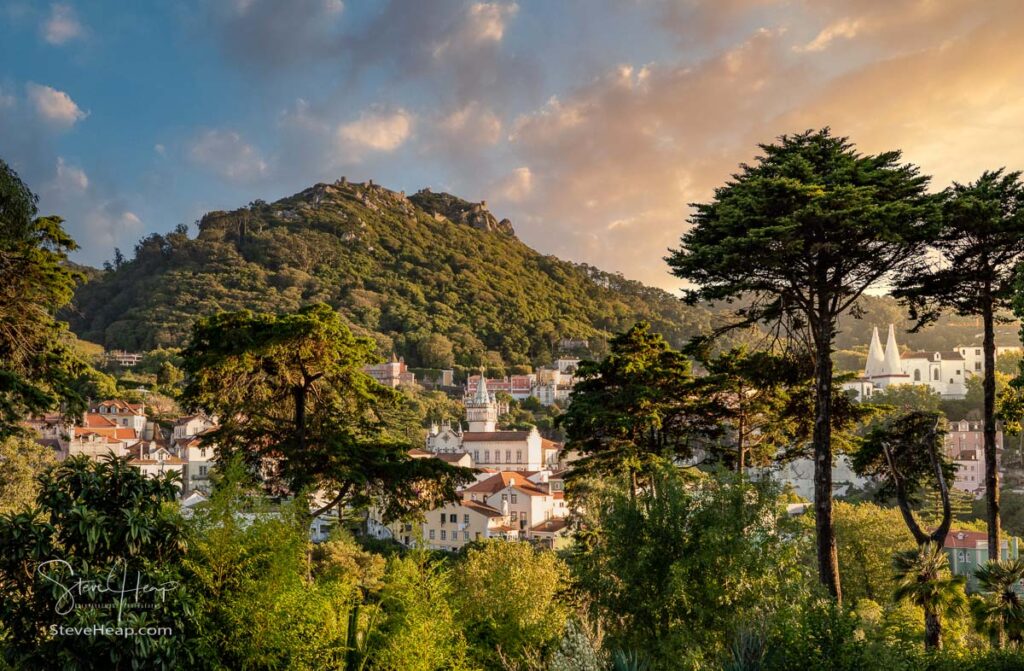
You can find more details of our exploration of Sintra and the Pena Palace here.
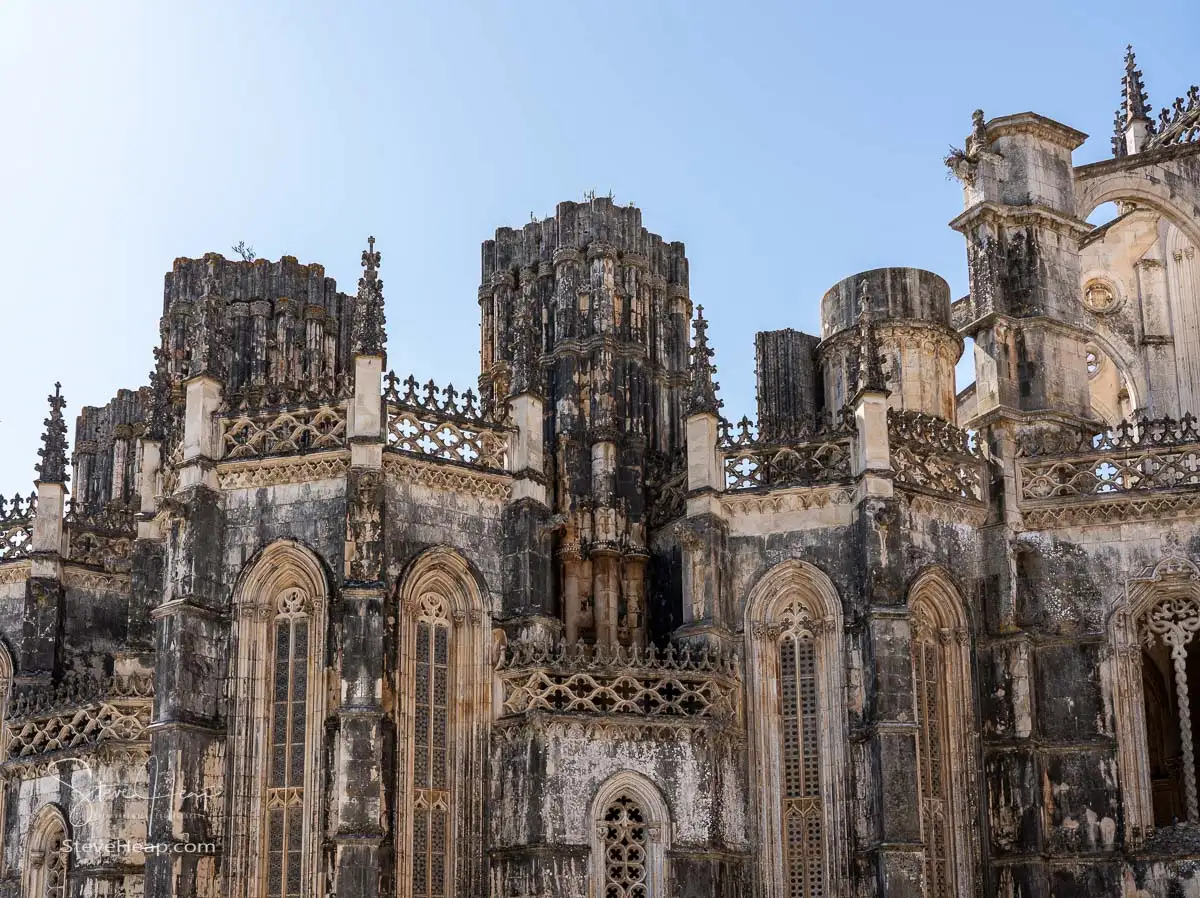
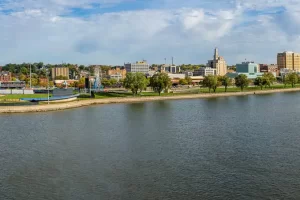
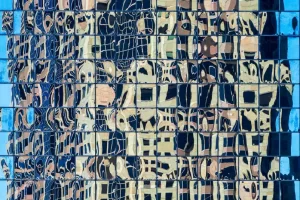
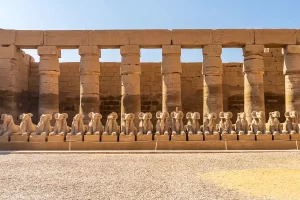
Jim Cook
11 Mar 2024Beautiful photos, makes me think I need a return trip!!
Steve Heap
11 Mar 2024I was amazed with how interesting and picturesque it was. Would definitely go back again!